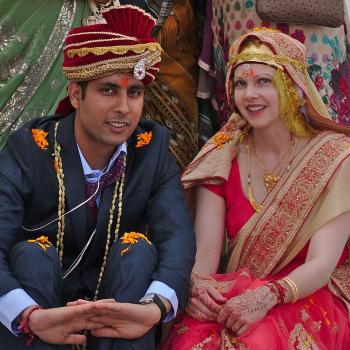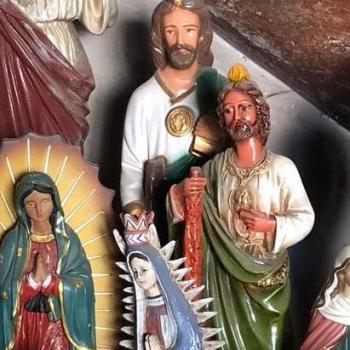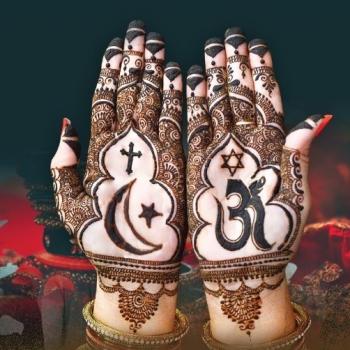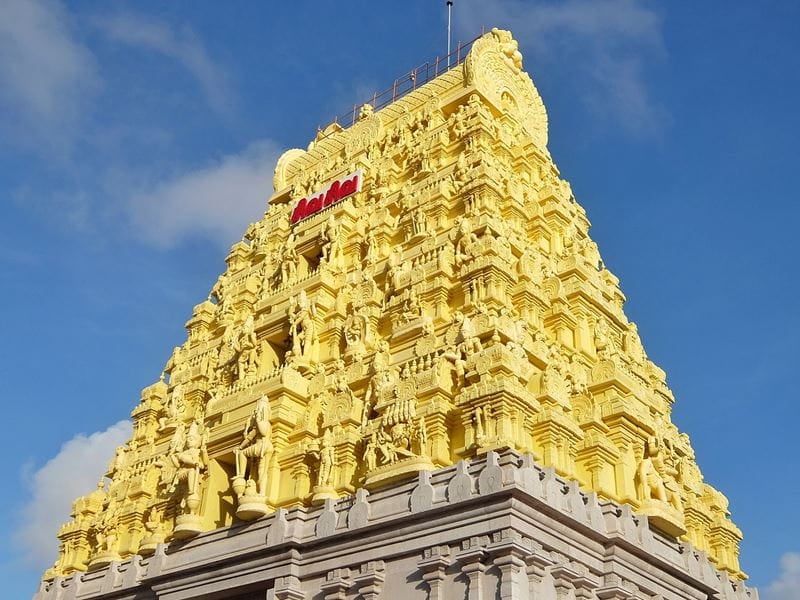
- Trending:
- Forgiveness
- |
- Resurrection
- |
- Joy
- |
- Afterlife
The 100 Most Holy Places On Earth
Arulmigu Ramanathaswamy Temple

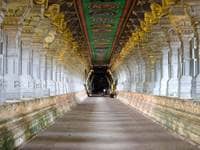
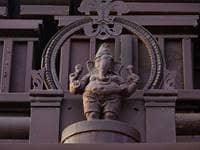
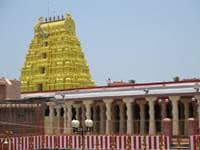
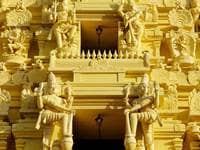
Also Known As:
Sri Ramanathaswamy Temple
Associated Faiths:
Accessibility:
This temple is open to visitors, though non-Hindus are not allowed to enter the area of the main altar.
Annual visitors: 8,500,000
History
Located very near India’s southern tip—on an island which is part of the Palk Straits—is the city of Rameswaram. It is the site of a number of temples, with the most important being the enormous Sri Ramanathaswamy Temple. This sacred edifice is one of the most venerated of all of India’s Hindu temples, and it is an important pilgrimage site—particularly for practicing Hindus who worship Shiva or Vishnu. It is also the site which houses one of the twelve jyotirlingas—or “lingams of light.” These are twelve auspicious “self-manifesting” lingams of Hinduism, each representing Lord Shiva.
According to tradition, the original temple, or shrine—supposedly built by Rama—was nothing more than a small, thatched hut. Long since gone, construction on the current massive structure began in the 11th or 12th century CE—with the bulk of it being constructed in the 17th century. Largely funded by Indian and Sri Lankan kings, its elaborate nature testifies to the international interest in the sacred edifice and its construction.
There are certain “sacred sites” that faith-filled Hindus feel a duty and desire to visit at least once in their lifetime. The “four divine sites” are among those. The Sri Ramanathaswamy Temple is considered one of those four. And while the subcontinent of India has literally thousands of Hindu temples or shrines, Rameswaram’s sacred shrine is universally known among practicing Hindus.
Aside from its many years of construction, expansion, history, pilgrimage, and puja, the Sri Ramanathaswamy Temple has also encountered something that many religious traditions are facing today—namely, a lack of support. Like any Hindu temple, Brahmin priests are tasked with running the holy house. This particular temple is quite large, and yet it has been facing a continual challenge in getting a sufficient number Brahmin priests to keep the temple functioning to the capacity it needs to. While there are thirteen main shrines in the temple complex—some more important than others—they have had as few as five priests to run those shrines, wash pilgrims, receive of offerings, and distribute prasad. This shortage is bad enough during a typical day at the temple. However, during festival seasons—when the temple is overrun with pilgrims—it becomes nearly impossible for the temple to function. On most days, the lines for puja and darshan are very long, as a consequence.
Religious Significance
Tied to the legend of Rama, as told in the Ramayana, the Sri Ramanathaswamy Temple stands as a reminder of that sacred narrative and its meaning for practicing Hindus. According to the legend, Rama (the seventh avatar of Vishnu) built the original temple. He had traveled to Sri Lanka to free his wife, Sita, from the demon king, Ravana. After killing him, Rama sought to remit the karma accrued by taking a life, so he determined to install a lingam at Rameswaram. To do so, he sent one of his servants (named Hanuman) to Mount Kailash to acquire a Shiva lingam.
When Hanuman did not return in a timely manner, Rama’s wife, Sita, made a lingam out of sand. However, when Hanuman finally arrived, he was upset that a lingam had already been installed. In order to appease him, Rama installed Hanuman’s lingam next to Sita’s—and instructed worshipers to first engage in darshan—or the “viewing” of the lingam—which Hanuman brought and, only after that, view the one created by Sita. That continues to be the order of worship today for the millions of pilgrims each year who come from throughout the world to engage in darshan at this sacred site.
Hindu pilgrims and worshipers change into devotional clothing prior to entering the main temple. Brahmin priests or temple assistants help patrons to bathe in each of the 22 spring-fed wells, which are part of the temple’s complex. Each of the wells has its own sacred significance, and bathing in each is said to offer specific blessings unique to that well. Also, through purifying in the 22 wells, one remits “lifetimes of karma”—in addition to preparing the oneself to enter the inner sanctum to view the temple’s main deity. One of the primary purposes of life is to move beyond one’s accrued karma, so that one can escape the cycle of rebirth and attain Nirvana. The Sri Ramanathaswamy Temple can facilitate that sacred goal through, among other things, its 22 sacred wells.
Much like the 22 wells, which can each provide their own unique blessing to the pilgrim, those who visit the Sri Ramanathaswamy Temple will engage in puja, making offerings of incense, flowers, or food to the lingam—which symbolizes the god, Shiva. This is done, with the expectation of receiving some prasad at the conclusion of the visit—which itself symbolizes the god’s blessing upon the pilgrim.
Thus, one offers in order to receive. One blesses the god so that the god might, in return, blessed the worshiper. Much like Christians engage in “communion” through the sacrament of the Lord’s Supper, Hindus who visit the Sri Ramanathaswamy Temple can engage in a form of “communion” with the temple’s god, which may include the consumption of sacral food, in the form of prasad. As with covenants in any religious tradition, there is give and take at the heart of the sacred encounter—wherein the penitent approaches his or her god.
In addition to worshipping one of the two lingams of Shiva (housed herein), visitors may choose to engage other gods at the Sri Ramanathaswamy Temple as well. For example, pilgrims commonly circumambulate Parvati’s shrine. (She is one of Shiva’s consorts.) Others may choose to engage in darshan before the while marble statue of Lord Shiva. Ganesh (the remover of obstacles) and Murugan (the god of war) are also commonly worshiped at the Sri Ramanathaswamy Temple. Thus, this holy site can be a “sacred space” regardless of whom you worship. Many of the most important or popular Hindu gods are represented herein, making this a holy house for Hindus of many persuasions and a variety of beliefs.



